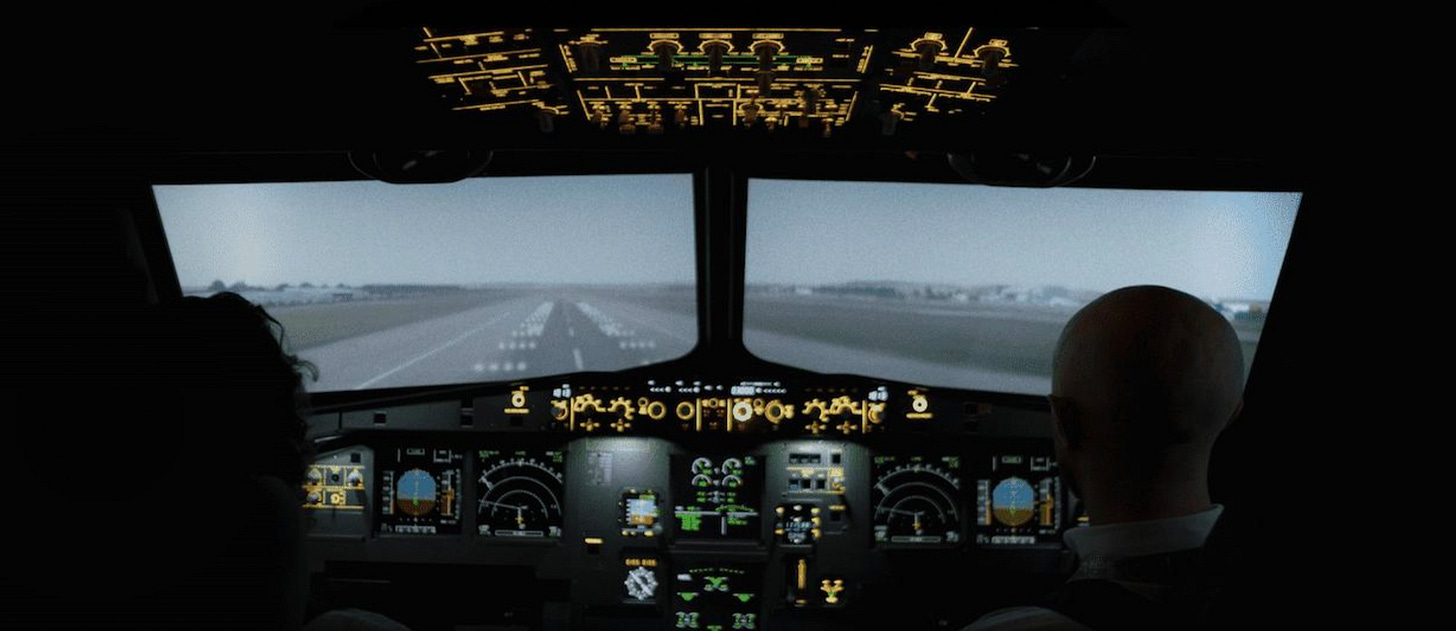How a single voice can start (or stop) an energy revolution
Fighting "NIMBYism", blocking wind and solar projects, and a pilot charts a sustainable course
Siting renewable energy and grid-scale battery storage can be difficult thanks to NIMBY (“Not In My Back Yard”)-ism. Even people who understand why we need clean energy may not grasp the importance of these resources when it’s their backyard at stake. As a result, developers often face pushback and even bans, particularly in high income countries.
That's why Jeff Seidman decided to do something about this problem where he lives, in the Hudson Valley of New York State. Jeff teaches philosophy and environmental science at Vassar College, where his research focuses on climate-related ethical responsibilities: so he decided to put what he studies into practice!
This past June, Jeff planned and hosted a forum for about 50 town supervisors, fire chiefs, and planning officials from his county to explain the value and safety of these batteries to them. At the meeting, he gave a presentation focusing on the local benefits of batteries, and how they can lead to cleaner air and lower electric bills, then took an hour of questions. “Most towns haven’t been approached by battery developers yet, so this was proactive – laying the ground, so developers will get a more open reception when they come,” he explained on Bluesky.
Now, three months later, he’s seen some fruits of that work! On September 3, the town board of Poughkeepsie voted to overturn its 18-month moratorium on grid-scale battery energy storage systems. Though council members voted along party lines, several cited the forum as the reason they chose to vote to end the moratorium.
This is a great example of how we can use our voices in our community to help catalyze change. You don’t have to be an expert in batteries, or solar, or electrification, or wind – there are lots of resources already out there. Use them to share with others what you already know: that clean energy is key to a better future for us all!
Many years ago, Oregon lawmakers created a system to make it easy for members of the public to weigh in about where future nuclear power plants would be built. The same system still exists today, and a 76-year-old retired state employee-turned-activist named Irene Gilbert is using that system to significantly delay development of wind turbines and new transmission lines in the state. That’s why this is in the bad news section!
Renewable energy advocates in Oregon say this process for approving new renewable projects is why the state ranks among the slowest for green energy growth in the country. But at the last five legislative sessions, attempts to rewrite these permitting laws have been blocked or diluted by Oregon lawmakers.
Gilbert’s anti-renewable energy activism began in 2009, after she had retired from state government. She was living in La Grande, Oregon, when she learned a company wanted to build 180 wind turbines in the Grande Ronde Valley nearby. She soon began speaking out against the project at public meetings and before the Oregon Energy Facility Siting Council, and in 2013, the company behind the project stopped pursuing it.
“We were successful in stopping that,” she told Oregon Public Broadcasting. “The company would say that it was a financial decision. I think it was more than that.” According to this story, Gilbert “has filed more challenges to energy projects — 15 in all, including lawsuits — than anyone in the state, according to Oregon’s Department of Energy.” This seems to be a point of pride for Gilbert, who told OPB, “I kind of have a reputation.”
What drives her? Gilbert says, "she doesn’t do all this because she opposes the idea of clean energy. She owns a cabin powered by rooftop solar panels. But she finds herself quite often at odds with the work of major wind, solar, and transmission players, ‘Just because it’s taking so much land.’“
In reality, though, we don’t need a lot of new land for wind and solar. Roadways, former mining land, roofs and more provide abundant options. This analysis by The Nature Conservancy shows that the United States has more than enough of these types of land to meet its Paris Agreement targets, and TNC has a Site Renewables Right tool that is being used across North America, Eastern Europe, and India to identify where solar, wind and batteries can be sited so they don’t interfere with valuable ecosystems, including migratory pathways, or agricultural land.
It's true that we don’t want solutions to one crisis to make another like protecting nature worse: but there are smart ways to ensure that we can tackle both at the same time!
Flying is currently a big source of carbon emissions, and British pilot-turned-climate activist Todd Smith wants to change that.
Todd dreamed about becoming a pilot since he was a little boy, took his first flying lesson when he was only 12, and grew up to become a commercial airline pilot. But a trip to Peru’s Quelccaya Ice Cap, which is receding at more than 60 metres (200 feet) a year, opened his eyes to the climate crisis.
Todd ended up quitting his job and co-founding a non-profit called Safe Landing that aims to find a greener way forward for the aviation industry. Safe Landing wants the aviation industry to rein in its emissions, transition to renewable fuels, and find a way to support aviation workers as the industry evolves into a sustainable one.
“I would love for an aviation worker to have a long-term career in an industry that’s compatible with the climate science,” Todd Smith says. For more, see this short documentary about Todd Smith and Safe Landing and listen to this podcast.
This is a great example of someone starting climate conversations with people who might otherwise feel there is no way for them to be part of climate solutions. I also love how he is thinking of the workers in the industry he came from. They know aviation better than any; who knows what innovations they might be able to catalyse and accelerate, if they see themselves as part of the solution rather than the problem?
October 1 - Raising Hope Conference for the Tenth Anniversary of Laudato Si. I'm honoured to participate in a celebration of hope for our shared hope, led by Pope Leo. Register to view the livestream here.









There are only a few days left to comment on EPA’s proposal to overturn the 2009 Endangerment Finding and all the GHG emission standards for motor vehicles. There is a lot of comment on the science, but legal comment is also important, particularly now.
https://www.regulations.gov/document/EPA-HQ-OAR-2025-0194-0093
So...
Do you have Battery back up power at your home. I have a generator run on gas tank that kicks on if we have a power failure. I realize it's a fossil fuel but it hardly if ever been used cause here on cape cod power outages have been much frequent. The town and utilities do a better job at trimming trees over power lines. I considered changing over to battery back up since I have solar on the roof but why bother when current system is a guide safe guard. If EV and electricians could coordinate and rig up a system that when power is down I can utilize my ev batteries to keep the lights on. I could look into that but again...why bother as my back up generator is my safety back up system.
Ciao
Dennis DiTullio
Cape Cod.